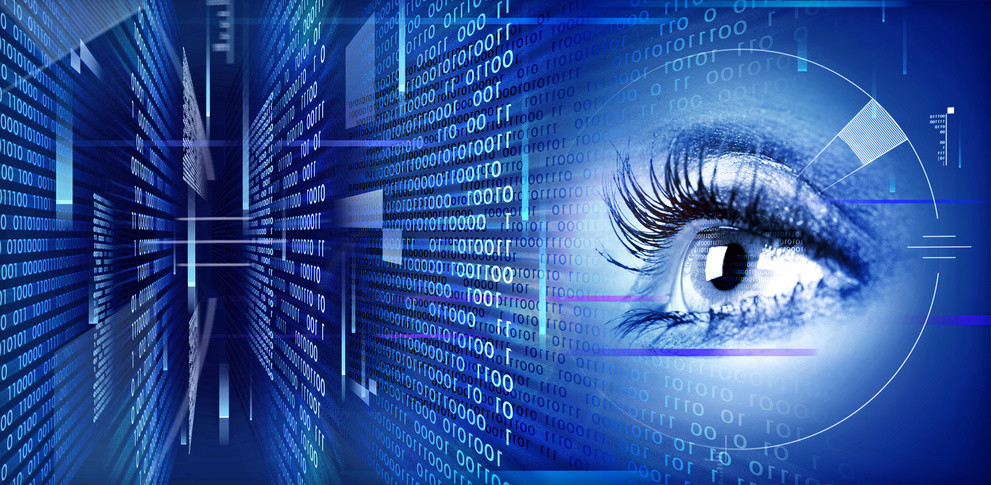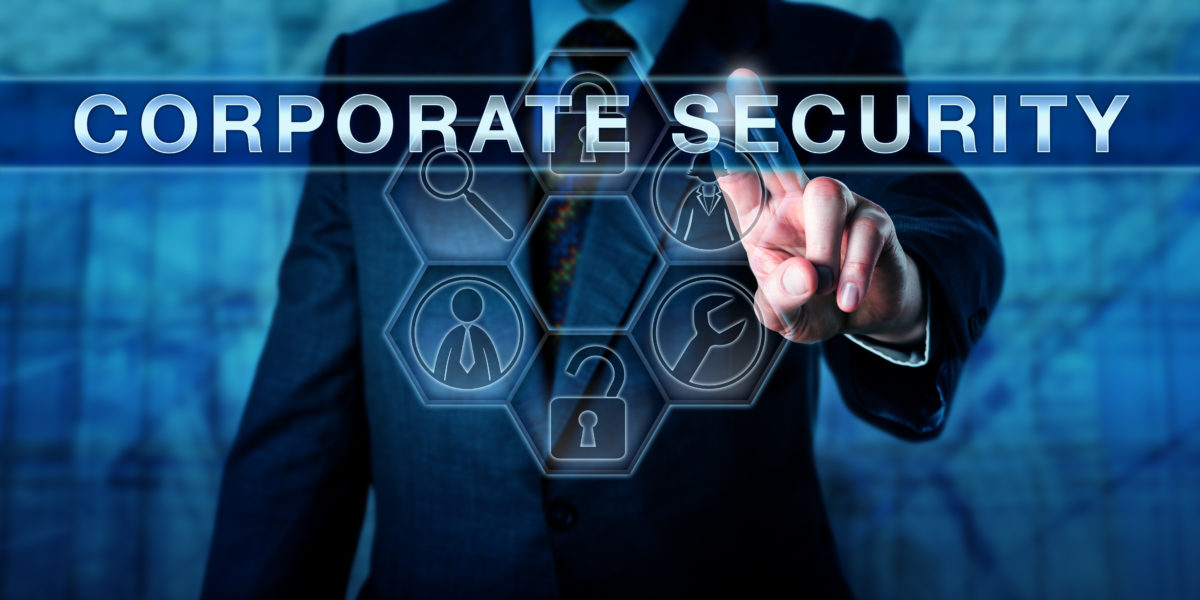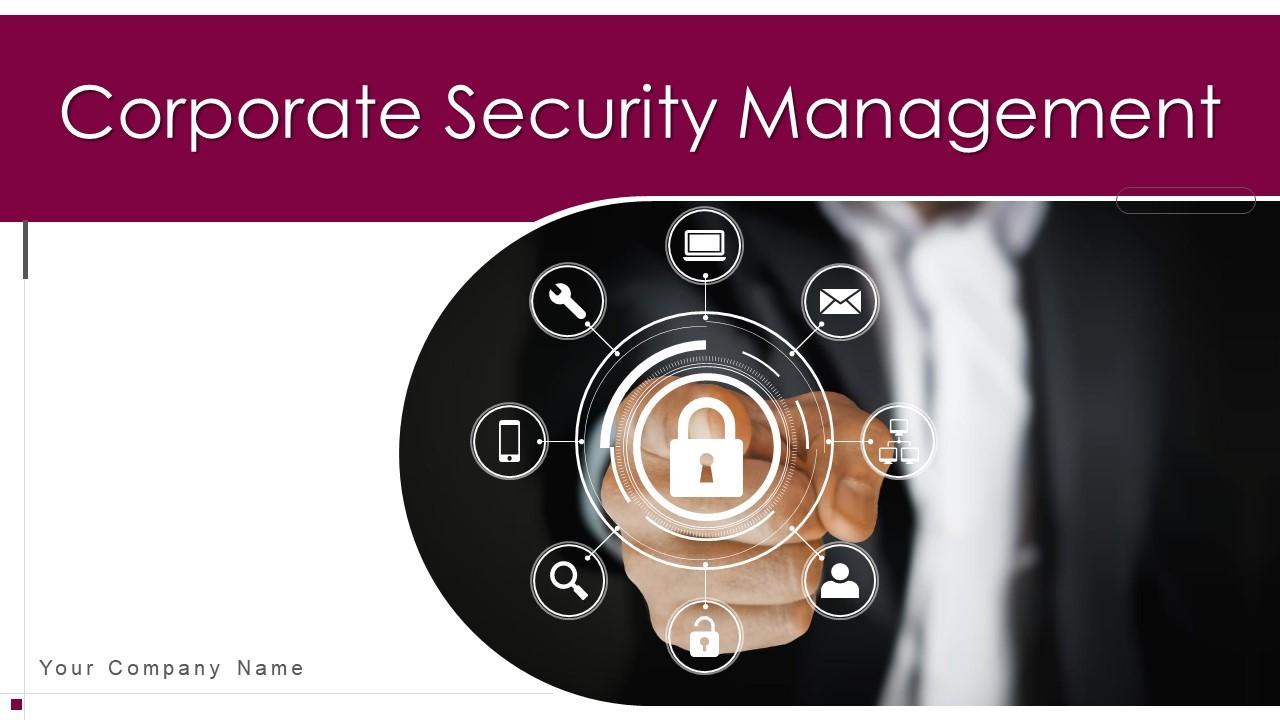Securing Your Organization: Corporate Security Essentials Unveiled
Securing Your Organization: Corporate Security Essentials Unveiled
Blog Article
From Cybersecurity to Physical Steps: Reinforcing Business Safety in a Transforming Globe
In today's quickly developing digital landscape, the value of corporate security can not be overstated. As cyber hazards end up being widespread and progressively advanced, organizations have to go beyond standard cybersecurity steps to protect their assets and procedures - corporate security. This is where the integration of physical security actions ends up being crucial. By combining the toughness of both cybersecurity and physical protection, firms can create a thorough protection method that addresses the diverse variety of risks they encounter. In this conversation, we will certainly discover the changing threat landscape, the demand to integrate cybersecurity and physical protection, the execution of multi-factor verification measures, the importance of staff member awareness and training, and the adjustment of safety procedures for remote workforces. By taking a look at these essential locations, we will certainly obtain important insights right into just how organizations can strengthen their business safety in an ever-changing globe.
Recognizing the Changing Danger Landscape
The progressing nature of the modern world necessitates a thorough understanding of the transforming risk landscape for effective company security. It is essential for organizations to stay notified and adjust their protection determines to resolve these developing risks.
One trick aspect of comprehending the transforming threat landscape is identifying the various kinds of risks that companies deal with. Cybercriminals are continuously creating brand-new techniques to manipulate vulnerabilities in computer systems and networks. These risks can vary from malware and ransomware assaults to phishing frauds and social engineering strategies. In addition, physical threats such as burglary, vandalism, and corporate reconnaissance remain widespread concerns for companies.
Tracking and analyzing the risk landscape is crucial in order to determine possible threats and vulnerabilities. This includes staying upgraded on the most up to date cybersecurity patterns, evaluating danger knowledge records, and conducting normal danger evaluations. By comprehending the altering hazard landscape, companies can proactively execute ideal protection steps to mitigate risks and shield their assets, credibility, and stakeholders.
Integrating Cybersecurity and Physical Safety
Incorporating cybersecurity and physical security is critical for extensive company security in today's digital and interconnected landscape. As companies significantly rely on modern technology and interconnected systems, the borders in between physical and cyber risks are ending up being blurred. To efficiently protect against these risks, an all natural technique that incorporates both cybersecurity and physical safety steps is crucial.
Cybersecurity concentrates on shielding electronic possessions, such as networks, systems, and information, from unauthorized gain access to, disturbance, and burglary. Physical security, on the other hand, incorporates procedures to protect physical possessions, people, and facilities from risks and susceptabilities. By integrating these 2 domain names, companies can deal with vulnerabilities and risks from both electronic and physical angles, therefore improving their overall security stance.
The assimilation of these 2 techniques enables for an extra thorough understanding of safety and security risks and allows a unified action to cases. For example, physical access controls can be boosted by incorporating them with cybersecurity procedures, such as two-factor authentication or biometric identification. Cybersecurity measures can be matched by physical protection steps, such as monitoring electronic cameras, alarm systems, and safe and secure gain access to points.

Applying Multi-Factor Verification Actions
As organizations increasingly focus on thorough safety actions, one effective method is the execution of multi-factor authentication measures. Multi-factor authentication (MFA) is a safety approach that needs users to provide numerous forms of identification to access a system or application. This approach adds an additional layer of security by combining something the customer knows, such as a password, with something they have, like a security or a finger print token.
By executing MFA, companies can dramatically boost their safety posture - corporate security. Traditional password-based verification has its restrictions, as passwords can be quickly endangered or failed to remember. MFA mitigates these risks by adding an added verification element, making it harder for unapproved individuals to access to delicate info
There are several kinds of multi-factor verification techniques offered, including biometric verification, SMS-based confirmation codes, and equipment symbols. Organizations need to assess their particular needs and pick the most proper MFA solution for their requirements.
However, the view website implementation of MFA need to be very carefully prepared and carried out. It is critical to strike a balance between protection and usability to stop individual irritation and resistance. Organizations ought to also think about possible compatibility issues and provide appropriate training and support to ensure a smooth shift.
Enhancing Worker Understanding and Training
To reinforce business protection, organizations have to prioritize improving employee awareness and training. Several security breaches occur due to human error or absence of recognition.
Efficient employee awareness and training programs need to cover a variety of subjects, consisting of information security, phishing assaults, social design, password health, and physical safety and security actions. These programs need to be tailored to the details demands and responsibilities of different staff member duties within the company. Routine training sessions, workshops, and simulations can aid staff members develop the required skills and expertise to react and determine to safety and security risks effectively.
In addition, companies need to urge a society of safety and security awareness and provide recurring updates and tips to maintain staff members informed regarding the most recent threats and mitigation methods. This can be done with interior communication networks, such as newsletters, intranet portals, and e-mail campaigns. By promoting a security-conscious labor force, companies can significantly lower the probability of safety and security incidents and secure their important properties from unauthorized accessibility or compromise.

Adapting Security Steps for Remote Labor Force
Adjusting company safety and security steps to fit a remote labor force is essential in guaranteeing the security of delicate details and properties (corporate security). With the enhancing trend of remote work, companies should carry out proper protection actions to mitigate the risks associated with this new method of working
One important element of adjusting safety procedures for remote job is establishing protected interaction networks. Encrypted messaging systems and virtual exclusive networks (VPNs) can assist protect sensitive info and protect against unapproved access. In addition, companies need to apply the usage of solid passwords and multi-factor authentication to enhance the safety and security of remote access.
Another vital factor to consider is the application of protected remote access solutions. This entails supplying workers with protected accessibility to company resources and data via online click to read more desktop infrastructure (VDI), remote desktop computer procedures (RDP), or cloud-based services. These innovations make sure that sensitive info remains safeguarded while making it possible for workers to do their roles properly.

Lastly, extensive protection awareness training is important for remote staff members. Training sessions ought to cover ideal methods for safely accessing and handling delicate details, identifying and reporting phishing efforts, and preserving the general cybersecurity hygiene.
Verdict
Finally, as the hazard landscape remains to advance, it is important for organizations to enhance their security gauges both in the cyber and physical domain names. Integrating cybersecurity and physical security, implementing multi-factor verification procedures, and boosting employee recognition and training are essential actions in the direction of accomplishing durable business protection. Additionally, adjusting protection actions to suit remote workforces is necessary in today's altering globe. By carrying out these procedures, organizations can mitigate threats and shield their valuable assets from possible dangers.
In this discussion, we will discover the altering danger landscape, the demand to incorporate cybersecurity and physical safety, the implementation of multi-factor authentication procedures, the significance of employee awareness and Learn More Here training, and the adaptation of safety actions for remote labor forces. Cybersecurity procedures can be enhanced by physical security procedures, such as monitoring electronic cameras, alarm systems, and safe and secure access points.
As companies significantly prioritize comprehensive protection procedures, one efficient method is the implementation of multi-factor authentication measures.In verdict, as the danger landscape continues to evolve, it is critical for companies to enhance their protection gauges both in the cyber and physical domain names. Incorporating cybersecurity and physical safety, applying multi-factor authentication measures, and enhancing staff member understanding and training are crucial actions in the direction of attaining durable company safety.
Report this page